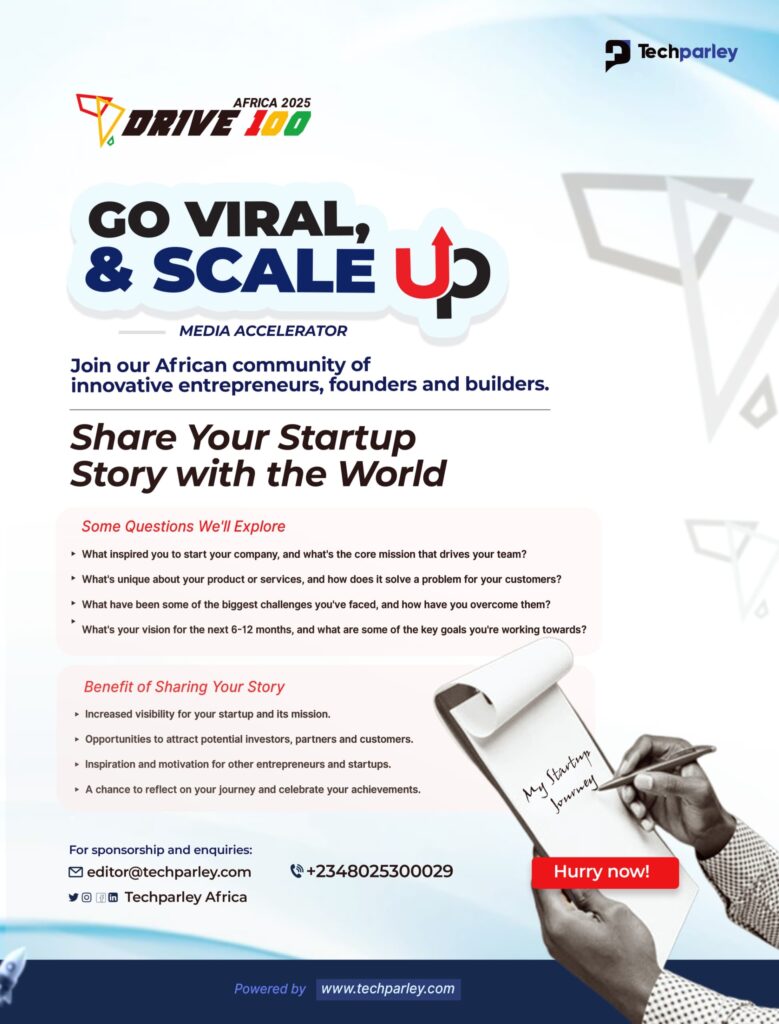Launching your own company can be exciting, but it’s also one of the biggest challenges any entrepreneur will face. Whether you have an innovative idea or just the drive to create something new, understanding how to start a startup from scratch is the foundation of turning your vision into a thriving business.
This guide breaks down each stage, from idea validation to scaling, so you can build confidently and strategically.
Step 1: Find a Profitable Startup Idea
Every successful startup begins with a solid idea that solves a real problem. Your first goal is to identify a gap in the market or a pain point that people genuinely want fixed.
How to find a great startup idea:
- Look for problems in industries you understand personally.
- Analyze consumer frustrations with existing solutions.
- Research trends and emerging technologies (AI, sustainability, no-code tools, etc.).
- Use platforms like Reddit, Quora, and Product Hunt for inspiration.
- Validate your ideas through online communities or simple surveys.
Tip: A great idea is not necessarily new, it’s an improved or more efficient version of something people already use.
Step 2: Validate the Idea Before You Build
Validation helps you avoid building something nobody wants. You don’t need a product yet, just proof that your solution resonates with real users.
Ways to validate your startup idea:
- Conduct surveys or interviews with potential customers.
- Create a simple landing page to gauge interest.
- Test small-scale ads to see if people click or sign up.
- Offer pre-orders or waitlists to measure demand.
Goal: Collect early signals that people are willing to pay or engage. This ensures your time and money go toward solving a proven problem.
Step 3: Define Your Target Market and Audience
You can’t serve everyone. The best startups focus sharply on a specific target audience.
Define your target market by:
- Age, location, occupation, or industry
- Pain points and motivations
- How they currently solve the problem
- Where they spend time online
Build buyer personas; fictional profiles that represent your ideal users to guide every future marketing and product decision.
Step 4: Create a Solid Business Plan
Your business plan is your startup’s roadmap. It doesn’t have to be complex, but it should clearly outline how you’ll make money and grow.
Key elements of a strong business plan:
- Executive summary (brief overview of your idea)
- Market analysis (who you’ll serve and competition)
- Business model (how you’ll generate revenue)
- Product or service details
- Marketing and growth strategy
- Financial projections and funding needs
If you plan to raise capital, investors will expect a polished version of this document.
Step 5: Build Your Minimum Viable Product (MVP)
Your MVP is the simplest version of your product that solves the core problem. It allows you to test your idea without wasting time or money on unnecessary features.
How to build your MVP:
- Focus on the single most important feature.
- Use no-code or low-code platforms like Bubble, Glide, or Webflow to build quickly.
- Gather feedback from early adopters.
- Iterate based on real user behavior.
Remember: speed matters more than perfection at this stage.
Step 6: Secure Funding for Your Startup
Not every startup needs outside funding. However, if your idea requires capital, explore the different financing options available.
Funding options include:
- Bootstrapping (using your savings or revenue)
- Friends and family investments
- Angel investors or venture capitalists
- Crowdfunding platforms like Kickstarter or Indiegogo
- Government or accelerator grants
Always start lean, prove your concept before scaling your funding needs.
Step 7: Build and Launch Your Brand
Your brand is what sets you apart and builds trust. Think beyond just a logo, focus on how people perceive your mission and values.
Steps to build your brand:
- Choose a memorable name and secure a matching domain.
- Design a clean, professional logo and brand color scheme.
- Craft a clear tagline and brand story.
- Create your online presence (website, social media, blog).
Tip: Consistency is key, use the same tone and visuals across all platforms.
Step 8: Launch and Market Your Startup
Now that your MVP and brand are ready, it’s time to launch strategically. The goal is to attract your first users, gather data, and refine your offer.
Startup marketing channels to use:
- Content marketing (blog posts, guides, videos)
- Social media marketing
- Influencer collaborations
- Paid advertising (Google Ads, Meta, X)
- SEO to rank for relevant keywords
- Partnerships and referrals
Don’t focus on being everywhere, pick 2–3 channels where your target audience is most active.
Step 9: Measure, Learn, and Iterate
Data-driven decision-making separates successful startups from struggling ones. Track your performance and optimize continuously.
Metrics to track:
- Customer acquisition cost (CAC)
- Retention rate and churn
- Conversion rate
- Revenue growth
- Customer feedback
Regularly revisit your assumptions and pivot if needed. Many great startups didn’t succeed with their first idea, they adapted.
Step 10: Scale Your Startup
Once you’ve proven product-market fit, you can focus on growth and expansion.
Scaling strategies:
- Automate key processes (marketing, customer support, onboarding).
- Hire the right talent and delegate effectively.
- Explore new markets or customer segments.
- Secure Series A or later-stage funding if necessary.
- Strengthen partnerships and distribution channels.
Remember: scale only after your product consistently delivers value and retains users.
Step 11: Build a Sustainable Company Culture
Culture is the invisible engine that keeps your startup running smoothly as it grows.
To build a strong startup culture:
- Define your mission and core values early.
- Promote transparency and accountability.
- Encourage innovation and open communication.
- Reward creativity and problem-solving.
A strong culture ensures long-term sustainability beyond rapid growth.
Step 12: Prepare for Challenges and Adaptability
Every startup faces setbacks, from cash flow issues to competition. The difference lies in how you adapt.
Common startup challenges:
- Limited funding or runway
- Hiring the wrong team
- Lack of market demand
- Scaling too fast
- Burnout and poor work-life balance
Adaptability, resilience, and continuous learning are your greatest assets as a founder.
FAQs How to Start a Startup from Scratch (Step-by-Step Guide)
How much money do I need to start a startup from scratch?
It depends on the type of startup you’re building. A lean, online-based business can start with as little as a few hundred dollars, while a tech startup with product development costs may need thousands. Begin by validating your idea cheaply, then raise or reinvest funds as your product gains traction.
Do I need a co-founder to start a startup?
Not necessarily. Many founders start solo, but having a co-founder can help share workload, diversify skills, and improve investor confidence. If you go solo, ensure you have strong support systems and access to freelancers or mentors for specialized tasks.
How long does it take to build a successful startup?
There’s no fixed timeline, most startups take 2–5 years to reach stability or profitability. The key is consistency, market validation, and customer retention. Avoid rushing; focus on solving a real problem and improving your product continuously.
How can I get funding for my startup idea?
You can raise funds through bootstrapping, friends and family, crowdfunding, angel investors, venture capital, or startup accelerators. However, focus first on building traction and proving your business model before approaching investors, they invest in progress, not just ideas.
Do I need a business plan to start a startup?
Yes, even a simple one. A business plan clarifies your goals, revenue model, and growth strategy. It’s also essential if you plan to pitch to investors. Start with a lean plan and update it regularly as your startup evolves.






